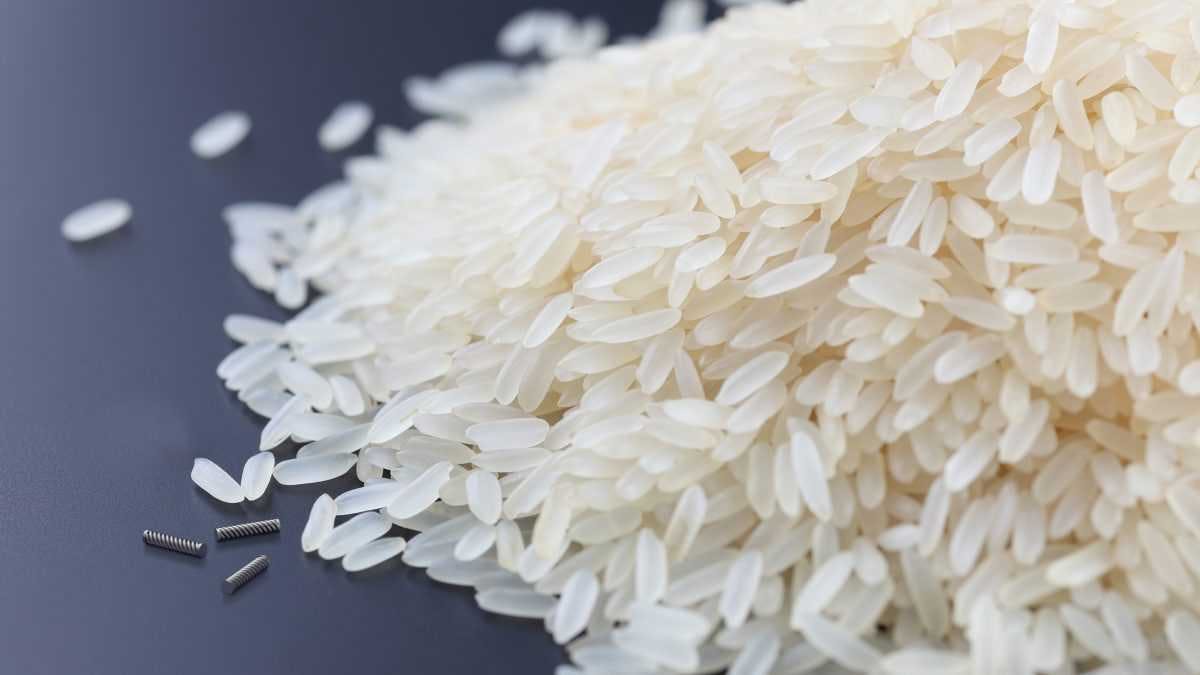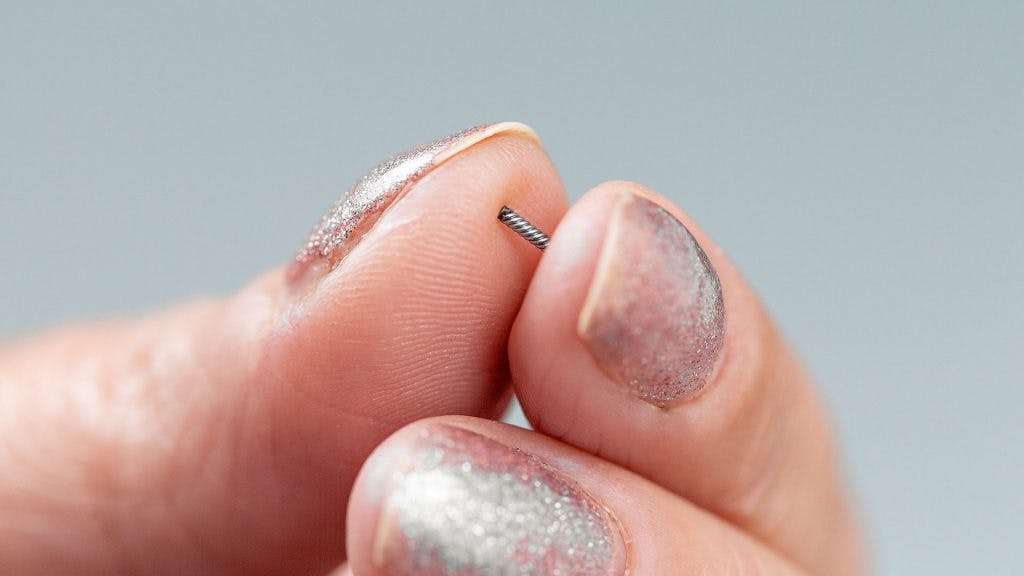Frequently asked questions
Magseed® is a tiny metal seed designed to mark cancers.
It’s made out of surgical grade stainless steel and is located using the Sentimag® probe.
The Magseed® marker is approximately 5mm x 1mm, slightly smaller than the size of a grain of rice.

Magseed® is detected using our Sentimag® probe. When the marker is placed in the breast lesion or sentinel lymph node, it is totally inert. It is only when the Sentimag® probe is passed near the marker that it produces a magnetic signal and becomes detectable.
‘Magseed-guided localisation’ is a technique developed to allow radiologists and surgeons to mark small and early stage breast cancers with a Magseed for reliable and precise removal during surgery.
The Magseed® marker is most commonly used in lumpectomy (breast-conserving surgery) procedures for accurate removal of breast cancer, and to reduce the amount of healthy tissue removed.
It can also be used for more targeted lymph node surgery procedures, such as Targeted Axillary Dissection (TAD), by marking nodes known to contain cancer, in order to monitor the nodal response to neoadjuvant chemotherapy (NAC).
Watch the video below to learn more about the TAD procedure.
The removal of Magseed® can take as little as five minutes but the duration of surgery will depend on any additional procedure that may be taking place.
The Magseed® marker introducer needle utilises an ‘end-deploy’ system. This simply means that the seed is deployed where the tip of the needle is placed. Ideally, the Magseed® marker should be placed in the centre of the lesion or lymph node.
It can be placed any time ahead of surgery using Ultrasound, Stereotactic, Tomographic or Mammographic image guidance, depending on preference or tissue type. Introducer needles are currently available in 7cm and 12cm versions.
Watch the video below to see Magseed® deployment in action.
Although the Magseed® marker is inert when not in use, it is always detectable with the Sentimag® probe, no matter when it is placed prior to surgery. It is unbreakable and never needs to be ‘activated’.
Take a look at the indications for use page to see the approved length of implantation time the Magseed marker has in your territory.
The likelihood of a Magseed® marker migrating is extremely low due to its small size. Its twisted structure helps to promote tissue in-growth which anchors it firmly within the target tissue, locked in place until the surgery to remove it to reduce migration.

Visit our clinical data page to see why studies featuring thousands of patients that have demonstrated migration to be no issue with the Magseed® marker.
In lots of ways! Unlike guidewires, the Magseed® marker can be placed any time ahead of surgery, it provides a better patient experience and has been proven to be more accurate at successfully removing breast cancer.
To begin to understand how they vary in more detail, take a look at this blog post comparing the two methods.
In some ways they’re quite similar; they are both small, accurate and easily detected, but there are some crucial differences.
For a start, the Magseed® marker is non-radioactive, and does not have any of the strict regulatory requirements of a radioactive seed. As a result, Radioseeds have a shorter implantation time due to the decay of the radioactive signal whereas the Magseed marker can be detected at any time after implantation.
Watch the video below to learn more about the differences
A Magseed® marker cannot currently be placed under MRI guidance because the deployment needle is made of stainless steel. However, it is fine for a patient with a Magseed marker implanted to have an MRI (1.5T & 3.0T) without causing any heating or movement of the seed.
Just like any clip marker, it will cause some level of void artefact but this will vary depending on the sequence you use. A 2-4cm artefact is common. However, as this is a lesion localization device and not a biopsy site marker, it’s quite rare that a patient would need an MRI whilst the Magseed is in place.
The price of a Magseed® differs from country to country. For more information, click here to get in touch with our team of experts.
Outside of the cost of the seed, there are many studies which have shown that the greater efficiencies from using the Magseed marker can also result in significant cost savings for hospitals. This should also be considered alongside the price of the seed.
Submit your details here and someone will be in touch soon to arrange an evaluation.
If you’ve not found the answer you are looking for, please get in touch with our team.

